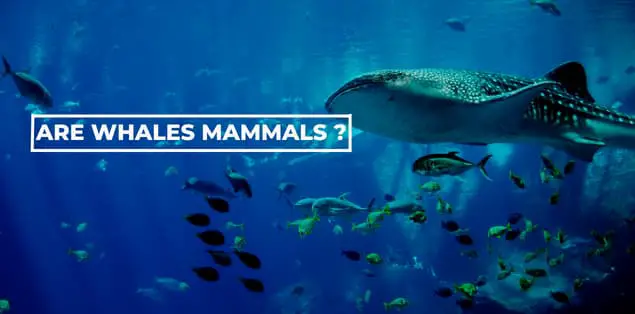So, are whales mammals? The massive whales that filter microscopic plankton from seawater with their baleen-fringed upper jaw frequently come to mind when we think of whales. But there are over 80 cetacean species, including dolphins, porpoises, and other toothed whales. You can find them in certain freshwater rivers as well as all of the world’s oceans.
Despite having significantly different diets and body proportions, Baleen and Toothed whales have a remarkable common ancestor that predated them; both are the land-dwelling animals linked to hippos today and lived more than 50 million years ago.
Elephants, monkeys, bears, and other terrestrial creatures are frequently the first land mammals that come to mind when people think about mammals. However, there are also several species of marine mammals. For example, there are 6,495 species in the class Mammalia, according to estimates! Every terrestrial ecosystem on earth, as well as every ocean, is home to these unique mammalian species.
When we consider marine life, we typically include fish, sharks and rays, and occasionally corals, animals, and not plants. Whales, both Baleen and toothed, hold some unique evolutionary accomplishments in the research world thanks to their fascinating and complicated evolutionary history that spans millions of years.
What is a Mammal?
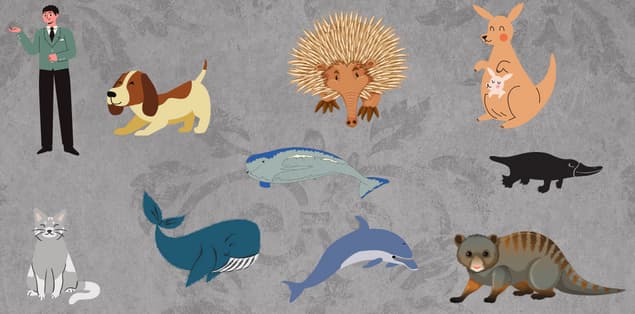
A mammal is a warm-blooded creature with fur, however sparse, and milk for its young. Most mammals breathe air through their lungs. The first mammals that come to mind while considering a mammal are likely humans, dogs, and cats. However, because they share these characteristics, marine animals like whales, dolphins, and porpoises are also included in the category of mammals.
Animals with mammary glands belong to the order Mammalia. The group includes marsupials, i.e., mammals with pouches, like kangaroos, monotremes, i.e., egg-laying mammals like echidnas, and possums. The third group consists of eutherians, also referred to as placental mammals. Humans carry their kids for nine months, proving that eutherians have long gestation periods.
Are Whales Mammals?
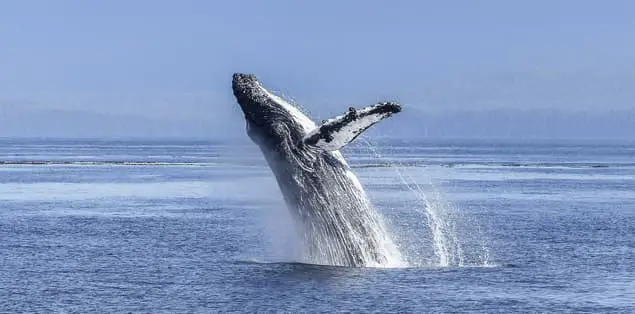
Warm-blooded species like dolphins and porpoises, including whales, also breathe air as humans do.
Whales and fish differ significantly in several ways:Fish are cold-blooded, whereas whales are warm-blooded. Whales breathe air through lungs, whereas fish breathe through gills. Whale gives birth to their young ones, whereas most fish lay eggs. So, the answer to the question is. Yes, whales are mammals.
Why Are Whales Mammals?
Each animal shares a few traits with the others. For example, all mammals are warm-blooded animals that breathe air, have hair, and mothers who breastfeed their young. Whales carry out all of these actions. Warm-blooded animals maintain a high body temperature that does not fluctuate in cold water. Fish have cold blood; hence the environment’s temperature affects how warm or cold they feel. Whales have lungs and breathe out through blowholes. To live, just like you and I, they rise to the water’s surface.
Through their gills, fish immediately absorb oxygen from the water. Even the smooth skin of whales contains a small amount of hair, typically found on the top of their heads. Scales cover fish. Even live newborn whales fed by their mother’s milk are born to whales. Fish lay eggs, which still need to develop into young fish. Therefore, whales are mammals and not fish.
There are different types of whale species: humpback whales, killer whales, baleen whales, blue whales, sperm whales, beluga whales, bowhead whales, minke whales, etc.
Are Whale Sharks Mammals?
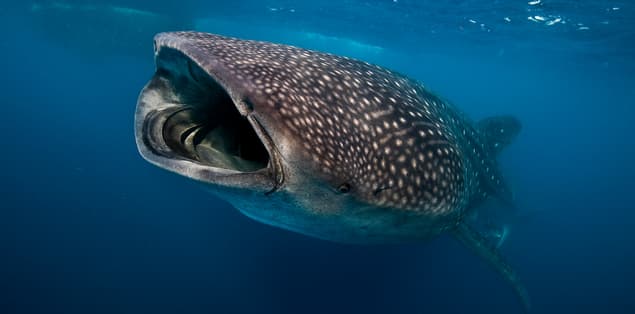
The whale shark is the most notable fish species, a carpet shark that feeds by filtering water. The only remaining representatives of the extinct Rhincodontidae family and the largest fish in the ocean are whale sharks. The origin of the whale shark is thought to have occurred about 60 million years ago.
Due to their calm disposition and diet of microscopic plankton and small ocean nekton, these giant fish are frequently referred to by those who study them as the ocean’s gentle giant. Whale sharks live in the open seas of the tropical oceans, and we seldom observe them in waters colder than 21 °C. The status of whale sharks as an endangered species is recognized.
Whale sharks are sharks, not whales, despite the name’s potential for confusion. The pectoral fins of whale sharks do not connect to the head, and they have a cartilaginous skeleton and five to seven-gill slits on the sides of their heads.
A whale shark is a fish, specifically a shark, not a mammal. Whale sharks may act like gentle mammals who share their name but are fish. Whale sharks, like other fish, have cold-blooded bodies and breathe through gills that draw oxygen from the surrounding water.
Are Killer Whales Mammals?
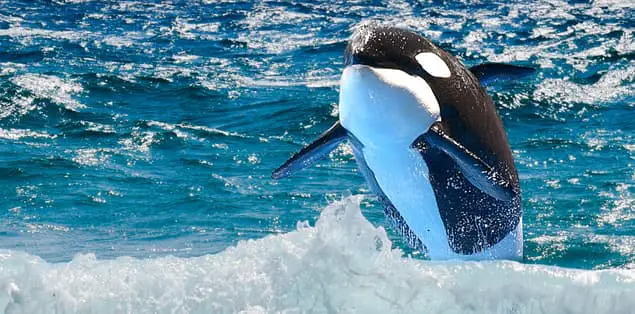
Killer whales, widely known as orcas, are ferocious and attractive apex predators that lurk in all oceans, even though they hardly ever assault people. According to Whale and Dolphin Conservation (WDC), the killer whale’s original name was “whale killer” since ancient sailors observed them hunting in packs to take out enormous whales.
As one of the most extensively dispersed mammals on the globe today, orcas can be found in all oceans. They are fierce, active, diversified, and predatory marine creatures, eating everything from penguins to great white sharks. Killer whales have been observed hunting and consuming a wide range of fish and squid, as well as other marine mammals like walruses, sea lions, polar bears, seals, and whales.
So the answer to the question is yes, Killer whales are mammals. In contrast, the dolphin family, which includes more than 40 different species, consists of the killer whale as one of its largest known marine mammals.
Are Blue Whales Mammals?
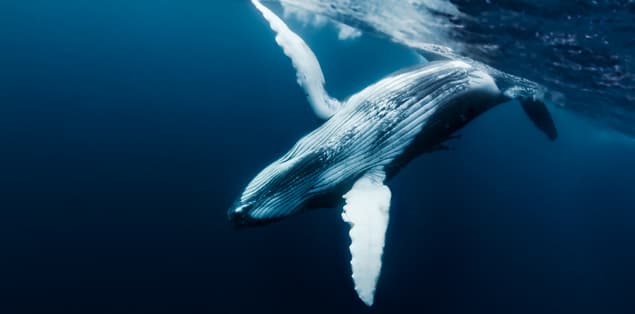
You probably start thinking up Godzilla or King Kong ideas when you imagine a 10-story-tall animal strolling down the street. However, if you see it as a marine mammal and position it to swim on its side, you will have a blue whale.
The blue whale, or Balaenoptera Musculus, is the biggest mammal that has ever been identified as having existed on earth, including all dinosaurs. It is more significant than adults from most other animal species, even at birth. Although the world is home to many incredible and fascinating creatures, the blue whale is in a class by itself.
Yes, we consider blue whales to be mammals. They have characteristics of mammals. They breathe air through the lungs and maintain a constant, high body temperature irrespective of the environment. They nurse their young with milk too.
Let us discuss some of the interesting facts about blue whales:
- They are enormous. The longest one ever reported was a majestic 108 feet (33 meters) long, with most measuring 80 to 100 feet (24 to 30 meters). That is roughly equal to the length of three school buses parked end to end.
- The heart of a blue whale is enormous. The size of a bumper car and weighing about 400 pounds (180 kg), it has the biggest heart in the animal kingdom. A blue whale’s massive heart may only beat twice each minute while it dives for food.
- Blue whale babies are among the largest full-grown mammals at birth and are easily the largest infants on earth. They emerge at around 26 feet and weigh about 8,800 pounds (4,000 kg) (8 meters). Every day, they acquire 200 pounds (90 kg)! Their development rate is probably among the quickest in the animal kingdom, with multiple billion-fold increases in tissue over the 18 months between birth and lactation.
- Blue whales are the world’s loudest animals. The sound of a jet engine is measured at 140 dB; a blue whale’s call is estimated at 188. Others can hear their language of pulses, groans, and moans up to 1,000 miles (1,600 kilometers) distant.
- One of the species that live the longest is the blue whale. Like counting tree rings, scientists can estimate an individual’s age by counting the layers of wax in their ears. Although the typical life expectancy of blue whales is believed to be between 80 and 90 years, scientists assessed the oldest one they have found this way to be around 100 years old.
Final Words
Even after spending millions of years in the ocean, whales still have the same bone architecture as land mammals. When examining the skeletal makeup of whales, it is possible to observe that their pectoral fins have the same bones as human hands and fingers or the foot and digit bones of the hippopotamus, which is the closest living relative.
But over millions of years, the origins of existing whales evolved to fit into their watery habitat, giving them access to an untapped supply of nutrients and the capacity to reach tremendous sizes. They have the special abilities to maintain their mammalian identity despite existing in an entirely aquatic environment.
